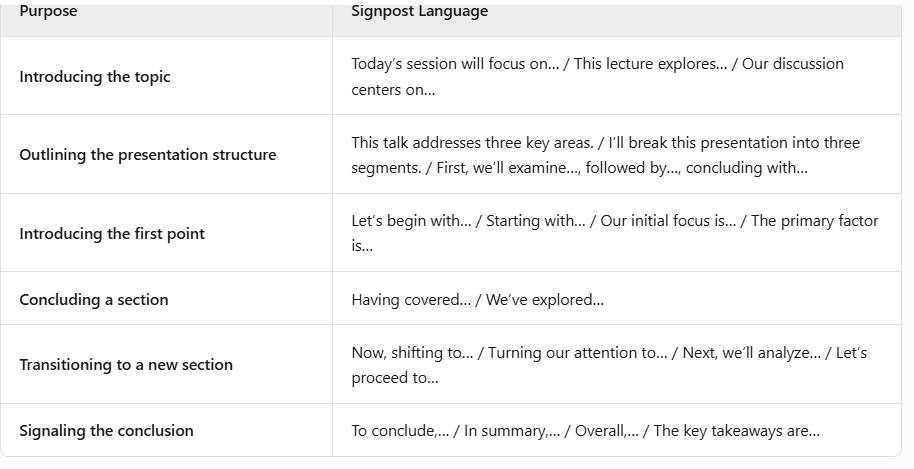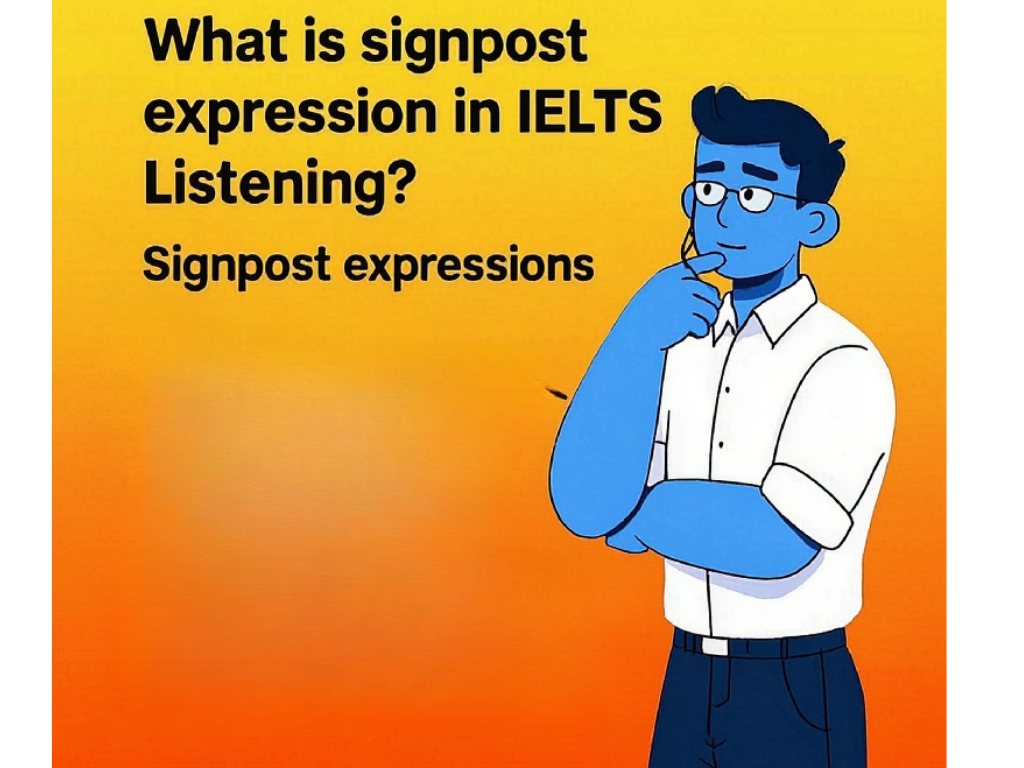Here’s the processed document with paragraph titles enlarged by one font size and bolded, maintaining English language throughout:
Signpost Expressions in IELTS Listening
Signpost expressions are terms you’ve likely encountered multiple times while preparing for the IELTS exam. But what exactly are they, and why do they matter for the Listening section?
Understanding Signposting Language
Signposting language refers to words or phrases that organize spoken content in a logical flow. These expressions clarify what has already been addressed and preview what will follow, acting as verbal guides to help listeners track the progression of ideas.
Relevance to IELTS Listening
In Section 4 of the IELTS Listening test, you will encounter an academic talk, such as a university lecture, student presentation, or staff address. Such contexts frequently employ signposting to structure information. This lesson focuses on improving your skills for Section 4 lectures, though the strategies apply to similar speech formats. Recognizing these directional cues helps you follow complex discussions—a critical advantage if your listening abilities need strengthening, as losing track becomes less likely when you anticipate the speaker’s path.
Examples of Lecture Signposting
The table below outlines common phrases that indicate the lecture’s focus, transitions between sections, and conclusions. Note that while IELTS talks typically last 4-5 minutes (often covering only the introduction or initial parts of a lecture), these examples remain valuable for comprehension.

Remember: Variations of these phrases may appear, but their core function—guiding listeners—remains consistent.






